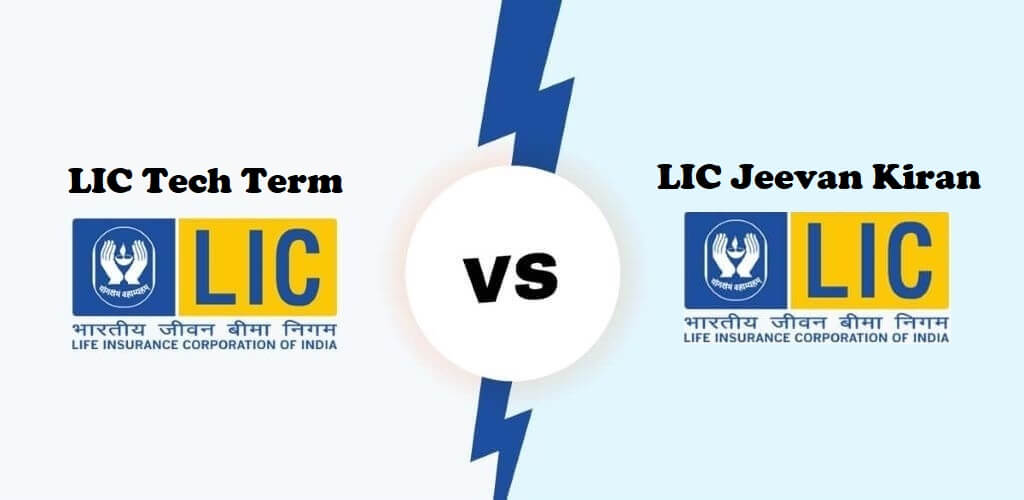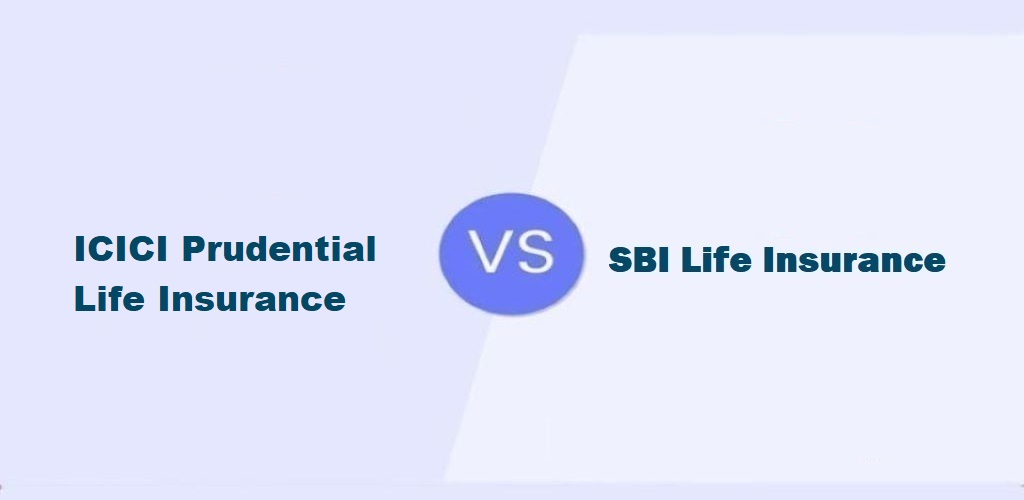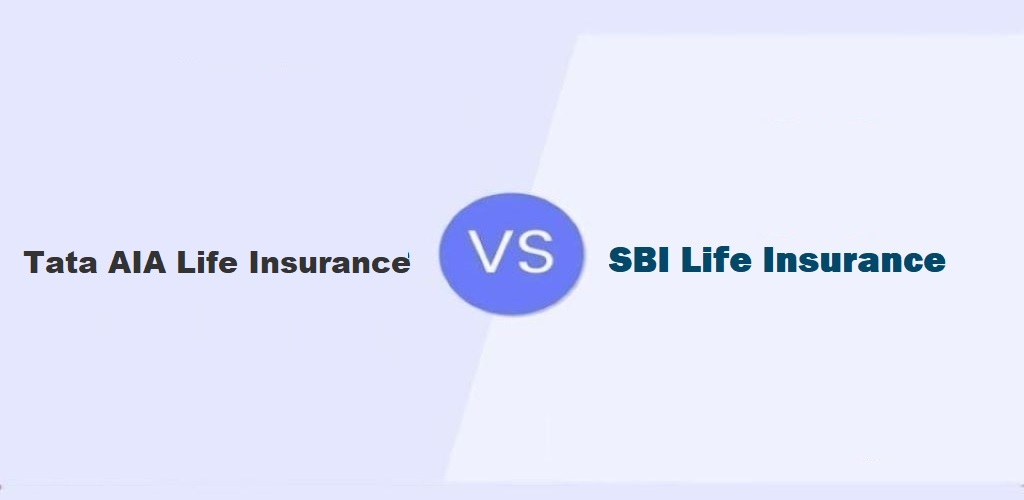The basic core of every solid financial strategy is life insurance. One can prepare and construct their family’s future with the appropriate insurance and sum insured without worrying about being there in person to see it or not.
And when it comes to acquiring life insurance, LIC (Life Corporation of India) has been a dominant player in India’s insurance sector. Two of its plans, LIC Tech Term and LIC Jeevan Kiran, offer suitable financial protection to their policyholders.
Although the two plans’ fundamental aspects are the same, we will contrast the two in order to better comprehend each one’s distinctive characteristics.
What Is LIC Tech Term Policy?
LIC Tech Term Policy is a non-linked, non-participating, online pure-risk premium plan that provides financial protection to the insured’s family in the terrible event of their passing during the policy’s term. The plan offers two benefit options: “Level Sum Assured” and “Increasing Sum Assured.” Due to the fact that this plan is a term life insurance policy, there is no maturity benefit.
What Is LIC Jeevan Kiran Policy?
Jeevan Kiran is an individual savings life insurance plan from LIC. It is a non-participating and non-linked product that perfectly combines savings and protection. The plan provides complete financial protection for the insured’s family in the case of the life assured’s untimely death during the policy period and reimburses all premiums in the event of maturity survival.
Regardless of actual experience, this non-participating product has assured and fixed rewards that are payable upon death or maturity. As a result, the policy is not eligible for any further benefits like bonuses or surplus shares.
Eligibility Criteria Of LIC Tech Term & LIC Jeevan Kiran Policy
| Parameters | LIC Tech Term | LIC Jeevan Kiran |
| Minimum Entry Age | 18 Years | |
| Maximum Entry Age | 65 Years | |
| Minimum Basic Sum Assured | Rs. 50,00,000 | Rs. 15,00,000/- |
| Maximum Basic Sum Assured | No Limit | |
| Policy Term | 10 To 40 Years | |
| Maximum Age At Maturity | 80 Years | |
Comparison Of Features & Benefits Of LIC Tech Term & LIC Jeevan Kiran Policy
To make a clear understanding of how both plans differ from and are similar to each other, it is important to compare them in terms of certain features and benefits. Let’s take a look at them one by one!
Death Benefit:
If the life assured dies within the period of the policy after the onset of the risk but before the maturity date, the “Sum Assured on Death” or death benefit will be paid out under both policies. The “Sum Assured on Death” will be the highest of the following:
For Regular & Limited Premium (Limited Is Available With LIC Tech Term) Payment
- 7 times of annualized premium
- 105% of “Total Premiums Paid” up to the date of death, or
- Basic Sum Assured
For Single Premium Payment
- 125% of single premium, or
- Basic Sum Assured
However, what makes the death benefits of both the plans different from each other is that the LIC Tech Term plan offers 2 types of death benefit options. One is “Level Sum Insured,” which maintains the sum insured at the same level throughout the policy’s duration. The second option is “Increasing Sum Assured,” in which the amount assured increases by 10% a year for the next ten years following five years of continuous coverage.
Maturity Benefit:
Under the LIC Tech Term plan, no maturity benefit is paid if the life assured survives until the conclusion of the policy term. Whereas, under the LIC Jeevan Kiran plan, the “Sum Assured on Maturity” will be paid if the life assured survives the designated date of maturity and is equal to the “Total Premiums Paid” under a regular premium payment policy and the “Single Premium Paid” under a single premium payment policy.
Rider Benefits:
The policyholder can upgrade the coverages by choosing among the optional riders offered by the plans for an additional cost. They are as follows:
LIC Tech Term
- Accidental Benefit Rider
LIC Jeevan Kiran
- LIC’s Accidental Death & Disability Benefit Rider
- LIC’s Accident Benefit Rider
Option To Take Death & Maturity Benefits In Instalments:
Since the LIC’s Tech Term plan does not offer any maturity benefit, the only death benefit can be taken in installments. Instead of receiving the death benefit as a lump sum under an active policy, the plan allows its policyholders to do so over a set time frame of 5, 10, or 15 years.
Whereas, under the LIC Jeevan Kiran policy, both maturity and death benefits can be taken in installments. One can choose to get the death and maturity benefits from the policy over the course of five years as opposed to all at once. In order to obtain all or a portion of the death and maturity benefits offered by the policy, the life assured may activate this option at any time throughout his or her lifetime.
Payment Of Premiums:
Under the LIC Tech Term plan, one can choose between paying Regular Premiums, Limited Premiums, or Single Premiums. While in LIC Jeevan Kiran policy, there are two payment options: regular premium and single premium.
High Sum Assured Rebates:
Both policies offer excellent rebates on the higher sum assured. For the LIC Tech Term plan, the limit starts from Rs. 1 crore; whereas, for the LIC Jeevan Kiran policy, it starts from Rs. 50 lakhs. For more details, consult the policy’s brochures.
Sample Premium Illustration Of LIC Tech Term & LIC Jeevan Kiran Plan
As already stated before, the LIC’s Tech Term plan does not offer any maturity benefit, and the maturity outcome for both plans cannot be compared. Therefore, we can take a look at the sample premium illustration of both plans to have a rough estimate of how much the plans will cost for a new buyer.
LIC Tech Term Plan:
Let’s assume, a non-smoker, male, has chosen Option 1 for BSA (Basic Sum Assured) of Rs. 1 Crore. The premium amounts under different premium payment options, age, and policy terms are as follows!
| Age (In Years) | Policy Term (In Years) | Regular Annual Premium | Annual Premium For Limited Premium Paying Term Of (Policy Term Minus 5) Years | Annual Premium For Limited Premium Paying Term Of (Policy Term Minus 10) Years | Single Premium |
| 20 | 20 | Rs. 5,368/- | Rs. 6,160/- | Rs. 8,008/- | Rs. 64,592/- |
| 30 | 20 | Rs. 7,216/- | Rs. 8,360/- | Rs. 10,912/- | Rs. 87,120/- |
| 40 | 20 | Rs.13,770/- | Rs. 16,110/- | Rs. 21,060/- | Rs. 1,66,230/- |
LIC Jeevan Kiran Plan:
Let’s take an example of a non-smoker who purchased the plan under the single premium payment option. He chose a Basic Sum Assured of Rs. 20 lakhs. The annual premium amount for different ages is as follows:
| Age (In Years) | Single Premium (In Rs.) | |||
| Policy Term (In Years) | ||||
| 10 | 20 | 30 | 40 | |
| 20 | 51,340 | 51,940 | 60,900 | 77,080 |
| 30 | 59,000 | 70,600 | 96,680 | 1,25,820 |
| 40 | 99,060 | 1,39,680 | 1,85,480 | 2,34,220 |
| 50 | 2,24,020 | 2,86,260 | 3,60,780 | – |
| 60 | 4,18,500 | 5,26,820 | – | – |
Which One Is Better: LIC Tech Term OR LIC Jeevan Kiran Plan?
Although both the plans from LIC are effective, one can choose either of them as per their requirements. In case one is looking for a reasonably priced life insurance policy, then LIC Tech Term is the best option.
The plan’s ability to offer Limited Pay, which enables you to choose the precise number of years for which you wish to pay premiums (as determined by the insurer), is a major feature. Additionally, it offers options like boosting coverage and letting you choose how your family will get the claim payment. However, it restricts your ability to select some significant benefits, like critical illness riders, an early exit option, and the ability to pay premiums in installments each month.
However, if one needs the benefit of both death and maturity, then LIC Jeevan Kiran is the best choice. In the event of the insured’s untimely passing, while the policy is in effect, the policy offers the insured’s family financial protection. If the insured lives out the entire term, the plan also provides maturity benefits in addition to the death benefit. The policy gives the option to share in earnings and consequently get bonuses. It is the perfect balance between protection and savings, protecting the policyholders and their loved ones’ future security.
Whatever plan you decide on, make sure it has the ability to help you achieve your financial objectives!








